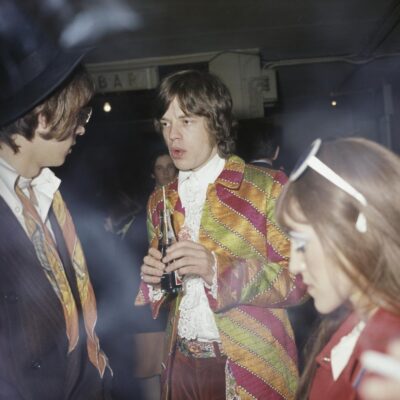
Fashion & History 15.04.2025
11.06.2019
contemporary fashionItalian fashionmenswear
Some notes on the event that since 1972 tries to define international masculinity through fashion
Florence has been one of the Italian capitals of fashion at least since 1951, when the first collective fashion show was organised by Giovanni Battista Giorgini and held in the Sala Bianca. in 1954 was founded the Centro di Firenze per la Moda Italiana (CFMI) to promote Italian fashion, but it was only from the 1970s that Palazzo Pitti became the stage for showcasing the many aspects of Italian fashion to international markets.
Pitti Uomo was founded in 1972, with the precise intent of promoting clothing and accessories for men. Apart from some events linked most to tailoring, Italian RTW for men did not have a proper stage still then, and since Florence was losing importance due to a growth of Milan as ‘Italian fashion capital’, organisers though it would be good to turn Florence into the capital of international menswear.
It was in this context that designers of the likes of Giorgio Armani showed theirs first collections; Armani in particular used the catwalk of Pitti to communicate his idea of menswear, preceding what he would later do in Milan with his womenswear collections.
Over the years Pitti has grown to include not only the Pitti Uomo tradeshow, but Pitti Fillati for yarn, Pitti Bimbo for childrenswear, Taste for Italian food products, Fragranze for perfume, and more.
Pitti immagine has been very important also for the culture of fashion, being the promoter and organizer of events and exhibitions – as Excess, Uniforms Order and Disorder, Human Games, The Fourth Sex – curated by leading critics and intellectuals; these events have been extremely important for furthering the reflection on the meaning of fashion itself, as a driving force in society.